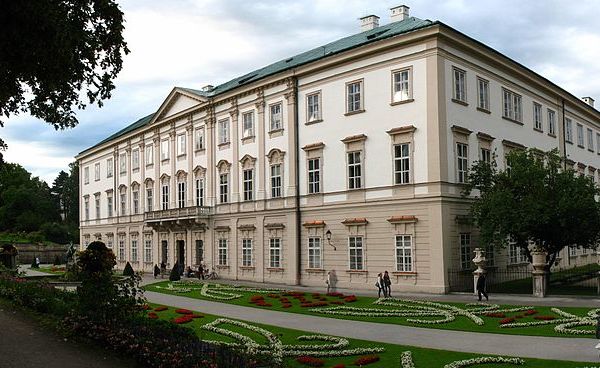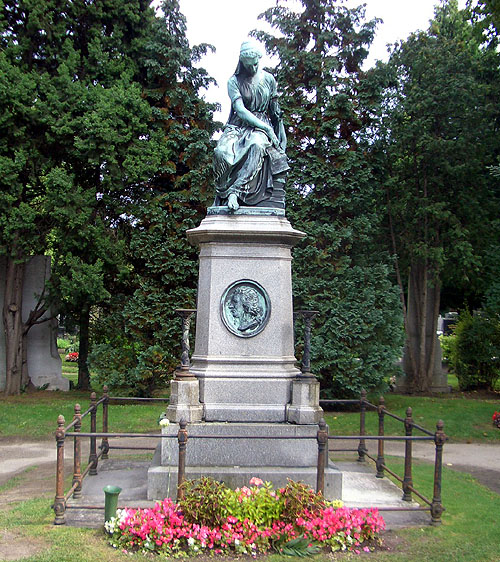Where?
Austria—Salzburg & Vienna
Music has always been part of my life. I love singing and started
to play piano since I was five. I was in a couple of different choirs for my
entire high school and middle school years. Me and my choir mates together
participated in many Chinese national competitions and shows. I really enjoy the
time I spent on music. As I put more of my attention on choir and schoolwork, I
stopped taking piano lessons and seldom played after I got in high
school. That is just one of the reasons that I stopped playing piano. The
biggest barrier that got in the way was myself. When I was a kid, it is hard
for me to concentrate and sit in front of a piano practicing for four hours. I
guess the boring practice finally defeated my love for music. After a few
years, I got in to University. Through the music theory course that I’m
currently taking, I have the chance to know so many inspiring pianists and music
composers. I was fascinated by their stories, especially Mozart. I fell for
Mozart’s talent. He made me realize my passion for music is still there and is
getting stronger and stronger. I eagerly want to know more about him—to feel
what he feels and see what he sees. As a result, I choose Vienna and
Salzburg—the two places filled with Mozart’s footprint, to be the destination
of my trip.
With who?
Mona
Mona is my
best friend since middle school. We have been in the same choir for five years.
She also plays piano and love singing. We know each other very well and share a
lot of secretes. One of the things that we haven’t done is going on a trip
together. Since we both are music fans, going to Austria will be such a great
experience for both of us. I would love to share my passion with her.
When?
December
26 2015- January 2 2016
*Note: It
will be a Five and a half days trip since the plain will be arrived in the afternoon on
December 27 and will take off in the morning on January 2.
I choose
this time period for two reasons. First, it will be during the winter break.
Because that will be the last winter break for me as a University student, I
want it to be meaningful. In addition, I want to attend the famous New Year’s
Eve Concert at the Golden Hall of the Musikverein in Vienna. I saw this famous
concert on TV almost every year since I was little. I’m really looking forward
to see the live performance.
Purpose of the trip:
- I can know more about Mozart from his point of view.
- To actually feel the grand history of music.
- Reignite my passion for piano.
- Enjoying quality time with my best friend who share the same interest with me.
What to bring?
Schengen Visa
*Visitors must apply for Schengen Visa to be able to travel
in Europe
Here is the link of general information and procedure to
apply a Schengen Visa http://www.consulfrance-toronto.org/spip.php?article389
The weather
The temperature in Vienna region will be around negative
three degrees to positive two degrees at December to January


























